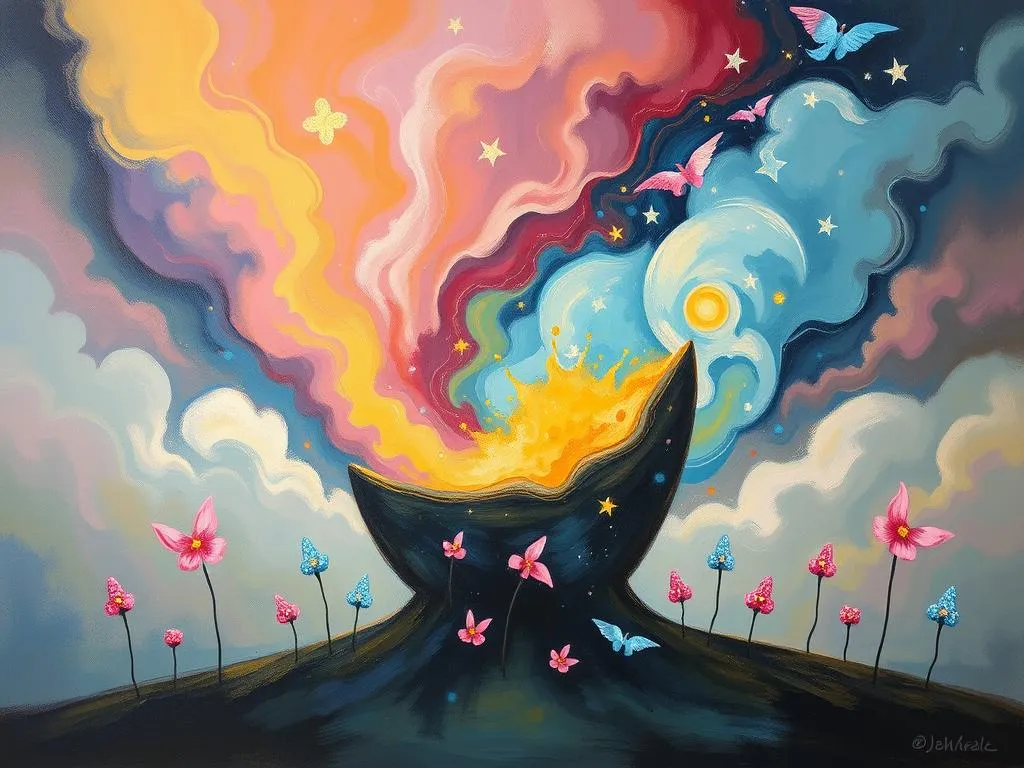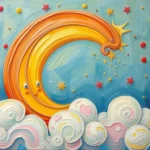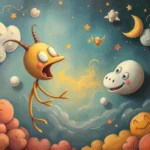
Dreams have long fascinated humanity—offering a window into our subconscious and revealing hidden truths about our emotions, fears, and desires. Among the myriad types of dreams, those filled with symbolic drama often leave a lasting impression on our waking lives. These dreams can be intense, surreal, and rich with meaning, prompting us to explore their depths. Understanding why we dream in symbols and what these symbols signify can lead to profound personal insights.
Symbolism and Meaning
In the realm of dreams, symbols act as a language of their own, conveying messages that our waking minds might struggle to articulate. Common symbols found in dramatic dreams include water, fire, animals, and people. Each holds unique significance and can be interpreted in various ways depending on the context of the dream.
Water, for instance, often symbolizes emotions and the subconscious. A turbulent sea might indicate inner turmoil or unresolved feelings, while calm waters could suggest peace and clarity. Conversely, if one dreams of drowning, it may reflect feelings of being overwhelmed or unable to cope with certain life situations.
Fire represents transformation and passion. A fire out of control might signify anger or destructive tendencies, while a controlled flame can symbolize inspiration and creativity. The emotional state of the dreamer during the dream can influence the interpretation; for example, feeling exhilarated by fire might indicate a positive transformation, while fear could point to unresolved tension.
Animals, too, serve as potent symbols in dreams. A lion might signify strength and courage, while a snake could represent deceit or hidden fears. The nature of the interaction with the animal in the dream is crucial for interpretation. A friendly encounter may suggest embracing certain traits, while hostility could indicate inner conflict.
People in dreams often symbolize aspects of ourselves or reflect our relationships with others. A beloved figure may embody qualities we admire, while a stranger might represent unfamiliar or repressed parts of our psyche. The dynamics of these interactions can reveal much about our emotional landscape. For example, if a dream features a confrontation with an authority figure, it might signify feelings of inadequacy or rebellion in waking life.
Exploring these symbols from different perspectives can deepen our understanding. For instance, while water might generally represent emotions, it can also symbolize the flow of life or the passage of time. Similarly, fire can be viewed not only as a transformative force but also as a dangerous element that must be managed carefully. Recognizing these multifaceted interpretations encourages dreamers to reflect on their unique circumstances.
Key Scenarios and Variations
The richness of dream symbolism becomes even more apparent when we consider the variety of scenarios that can occur. Each scenario can pivot the interpretation in a new direction.
One common variation is the chase dream, where the dreamer is pursued by an unknown entity. This scenario often reflects feelings of anxiety or avoidance in waking life. The identity of the pursuer may offer additional clues; for instance, if the pursuer is a person from the dreamer’s past, it might indicate unresolved issues or lingering emotions that need addressing.
Another variation is the falling dream, which can evoke feelings of helplessness or a fear of losing control. The context of the fall—whether it’s a gentle drop or a terrifying plunge—will affect the emotional interpretation. A gentle fall might signify a release of burdens, while a harsh fall could indicate a fear of failure or a significant life change.
Repetitive dreams are yet another intriguing scenario. If a particular dream keeps resurfacing, it signals that the underlying issue is unresolved. Analyzing the consistent symbols and themes can be instrumental in identifying what the subconscious is trying to communicate. For example, recurring dreams about public speaking may point to social anxiety or a desire for recognition.
Lucid dreaming, where the dreamer becomes aware that they are dreaming and can exert control over the dream narrative, opens up a different dimension. This scenario allows for exploration and confrontation of fears in a safe environment. The ability to change the course of the dream can lead to a sense of empowerment and self-discovery.
Each of these scenarios highlights how the context and emotional tone of the dream can dramatically shift its interpretation. Engaging deeply with these variations encourages personal reflection and a greater understanding of one’s emotional state.
Real-Life Connections and Takeaways
As we delve into the world of dream symbolism, it’s essential to connect these insights to our waking lives. Dreams serve as a mirror, reflecting our thoughts, feelings, and experiences. To derive meaning from dramatic dreams, consider how their elements resonate with your current life situation.
Begin by keeping a dream journal. Document your dreams upon waking, noting any symbols, emotions, and significant people involved. Over time, patterns may emerge, revealing recurring themes or unresolved issues. This practice not only fosters self-reflection but also enhances your ability to recognize and interpret your dreams.
When reflecting on a specific dream, ask yourself questions like: What emotions did I feel during the dream? or How do the symbols relate to my current life circumstances? This introspective approach can uncover hidden fears, desires, or conflicts that may require your attention.
Additionally, consider engaging in mindfulness practices. Techniques such as meditation or guided imagery can help you explore the emotions tied to your dreams. By cultivating a deeper awareness of your thoughts and feelings, you may find clarity regarding the messages your dreams convey.
Another valuable takeaway is the importance of addressing stress and anxiety. Many dramatic dreams, particularly chase or falling scenarios, stem from unresolved stressors. Identifying and managing these stressors in your waking life can lead to a reduction in anxiety-related dreams. Techniques such as journaling, talking with a friend, or seeking professional guidance can be beneficial.
Finally, don’t shy away from embracing creativity inspired by your dreams. Many artists, writers, and innovators have found inspiration in their dream experiences. Consider channeling the emotions or narratives from your dreams into creative outlets, allowing you to explore and process these feelings further.
In conclusion, the symbolism and scenarios found within dramatic dreams offer profound insights into our emotional landscapes. By engaging with these dreams thoughtfully, we can uncover hidden truths and foster personal growth. Whether through journaling, mindfulness, or creative expression, there are numerous pathways to connect our dream world with our waking experiences. Remember, your dreams are not just fleeting images; they are a rich tapestry of your inner self waiting to be explored. Reflect on them, learn from them, and allow them to guide you towards a deeper understanding of who you are.







